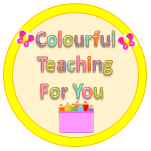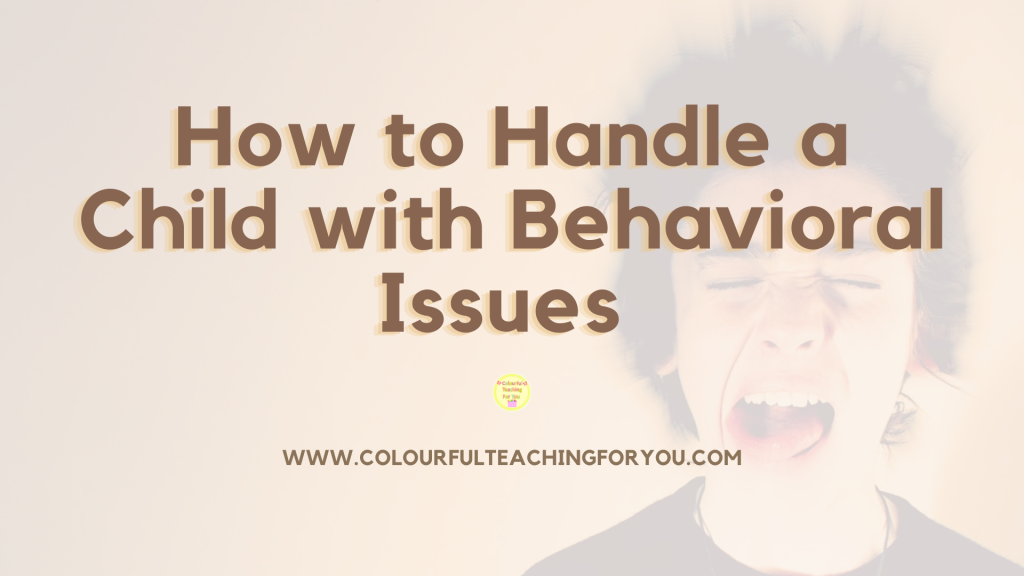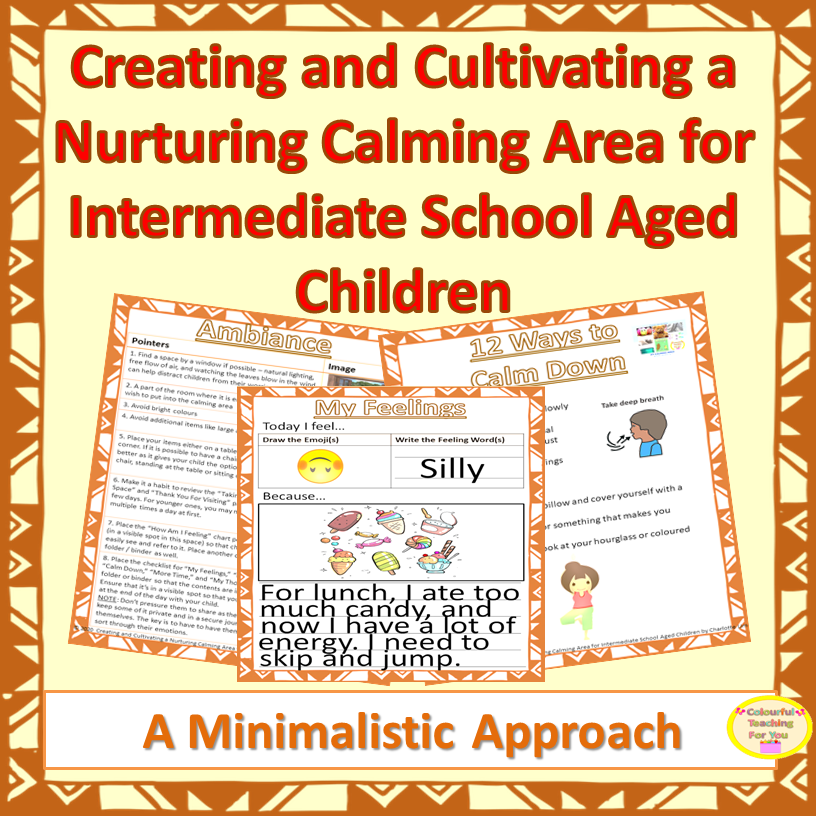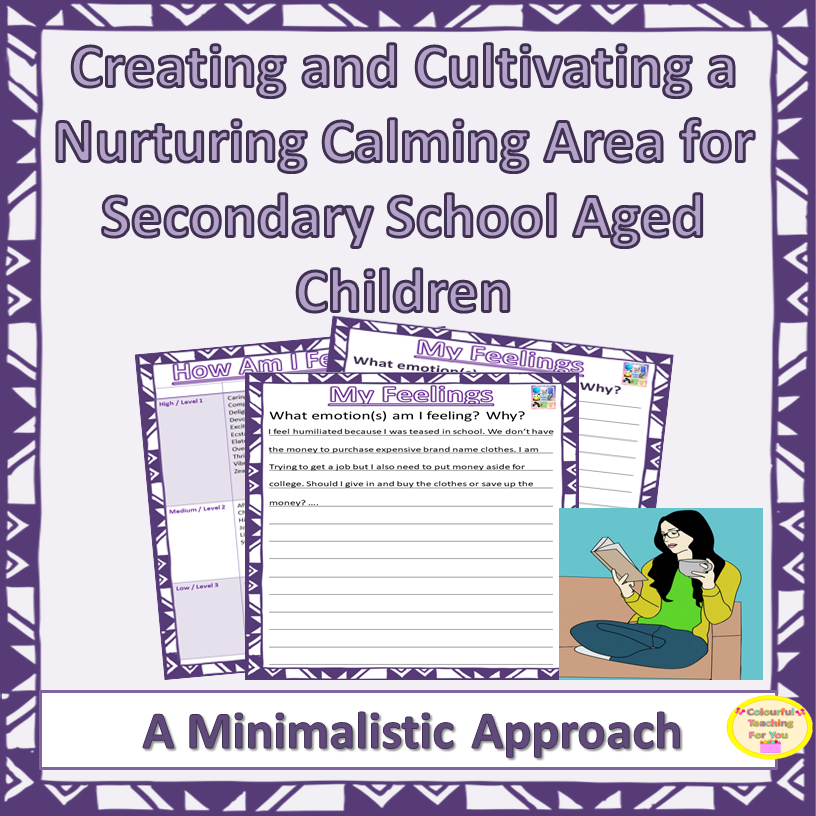Children exhibit behavioral issues for a variety of reasons. Most of the time, it has nothing to do with wanting to be lazy or angry just for fun.
- A child might be having trouble regulating their emotions.
- There might be internal or external factors where your child’s needs are not being met.
- They could be exhibiting learned behaviors where they are copying another person.
- Your child could have a mental health condition, be at a specific developmental stage or be neurodevelopmental.
Managing a child’s unexpected behavior can be incredibly difficult but it’s important to understand the “why” or reason behind it. This will help you approach discipline from a place of empathy and consistency.
Remember that these issues are signs that your child needs help. They don’t just need someone to stop their behavior but they need to learn new skills to manage it.
The following strategies will help you navigate through your child’s behavioral issues compassionately.
Actionable Steps:
#1. Keep Your Cool
It’s important to remain calm before you address your child because they can sense your feelings. If you’re upset, it will only aggravate the situation even more.
Take a moment to breathe deeply and center yourself. If you need, make sure you keep your child in a safe space and walk away for a few minutes until you have gained some control over your feelings.
#2. Teach Emotional Regulation
If your children are struggling to manage their emotions, it’s important to teach them how to understand and regulate it. You can do this by creating a safe space for them and then teaching them how to use it.
You can do it in a step-by-step manner and keep track of their growth with the following resources.
#3. Find the Reason
Once you and your children have had a chance to calm down, sit down with your child and evaluate what caused the unexpected behavior.
If your child doesn’t open up to you immediately, don’t push them to talk about it right away or they’ll completely shut down. Let them know that you are there for them if they want to talk and that you’ll take care of them no matter what. Then, move on to the following step.
#4. Engage in Positive Discipline
Before focusing on discipline, first praise what your child did well. Did they walk away from a situation, did they deep breathe to manage their emotions before loosing control? Look for something to praise so that your child is more receptive to listening to what you have to say after.
Then remind them about the rules in regards to their behavior or set a rule about it. Ensure that it is clear and to the point.
Outline consequences that relate the problem. For example, if your child threw their toys around the room in a fit of anger, taking away their screen time will not work in the long run as they won’t see the connection. However, getting them to clean up and helping them fix any broken toys or taking away certain toys has a direct connection to the issue.
Recap:
Let’s recap really quickly. Today, we looked at the following:
- The importance of understanding why a child might be exhibiting unexpected behavior.
- How to handle a child with behavioral Issues: keep your cool, teach emotional regulation, find the reason, and engage in positive discipline.
Free Resources:
For a taste of the resources that were mentioned in step two, check out the following resource in my FREE Education Resource Library.
Teach your little ones how to make good choices with the following FREE Resource:
Next Steps:
If you found this video beneficial, would you do me a favor? Share this with your family, your friends, your loved ones, your co-workers or someone who you think could benefit from this. Thank you!
You’re welcome to join us inside ADHD and Autism Self Regulation by CLICKING HERE or on the fallowing image.
I’ll see you next Friday at 5:30pm PST.
Until I see you next time, remember to create, experience & teach from the heart.
Take care,
Charlotte
Disclaimer: I’m a teacher and a parent. I’m not a medical professional, so please don’t take this as medical advice. The advice that I provide in my videos and online are strategies that I have used in my own class or at home that have worked beautifully.









